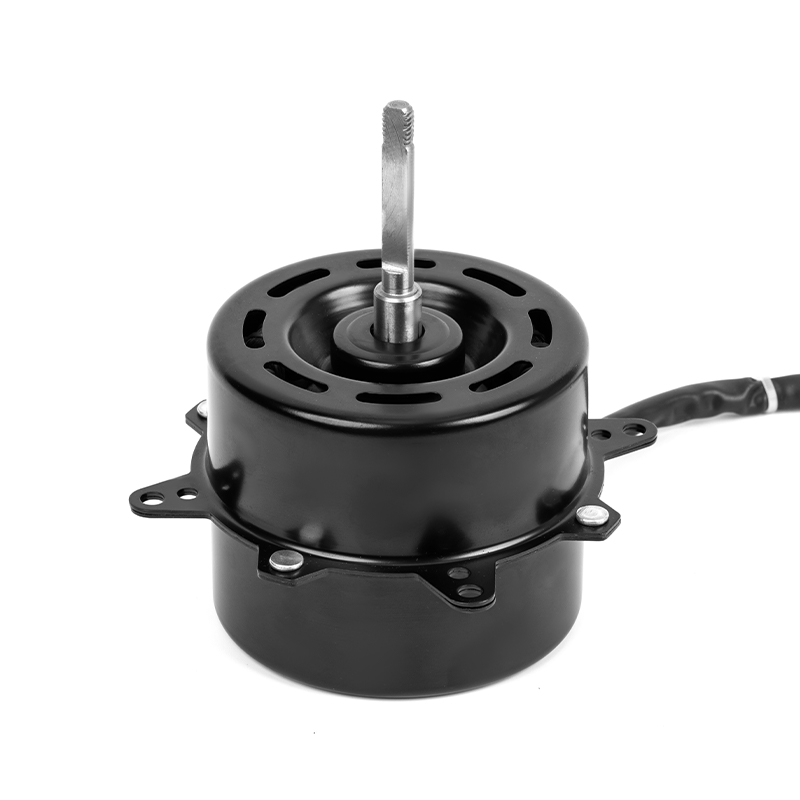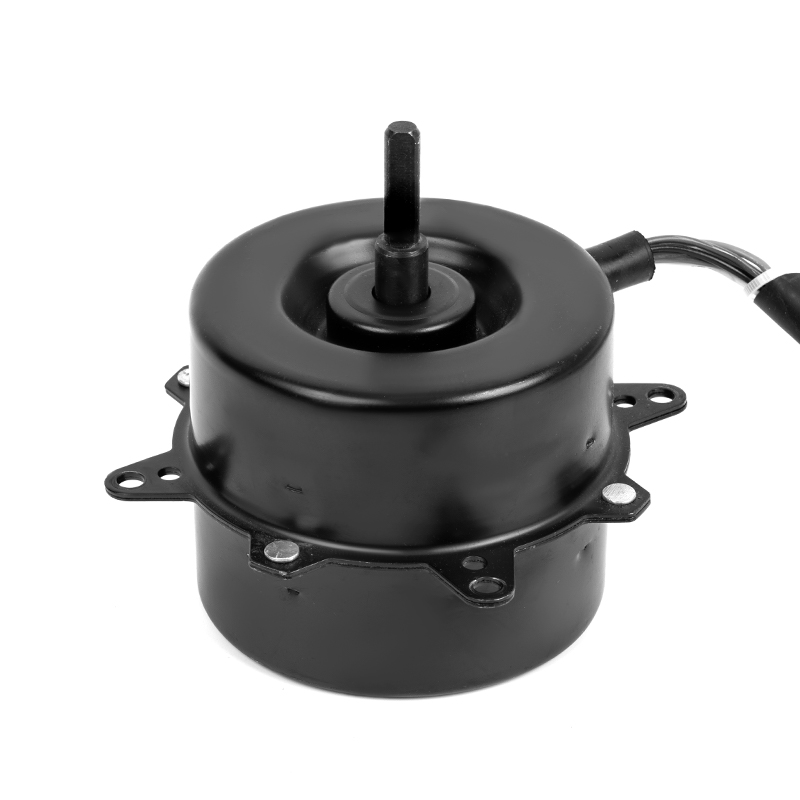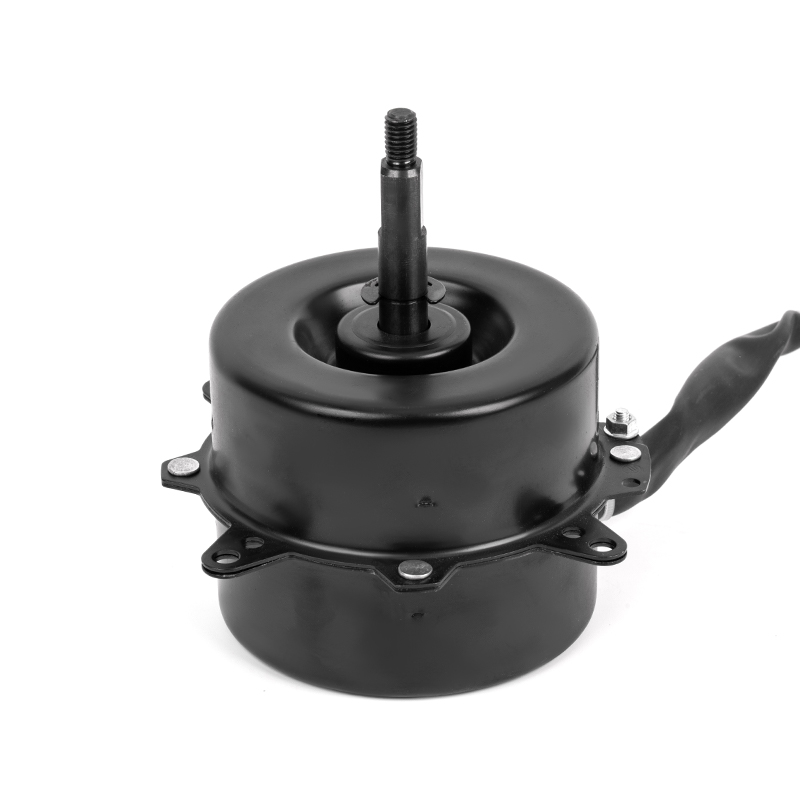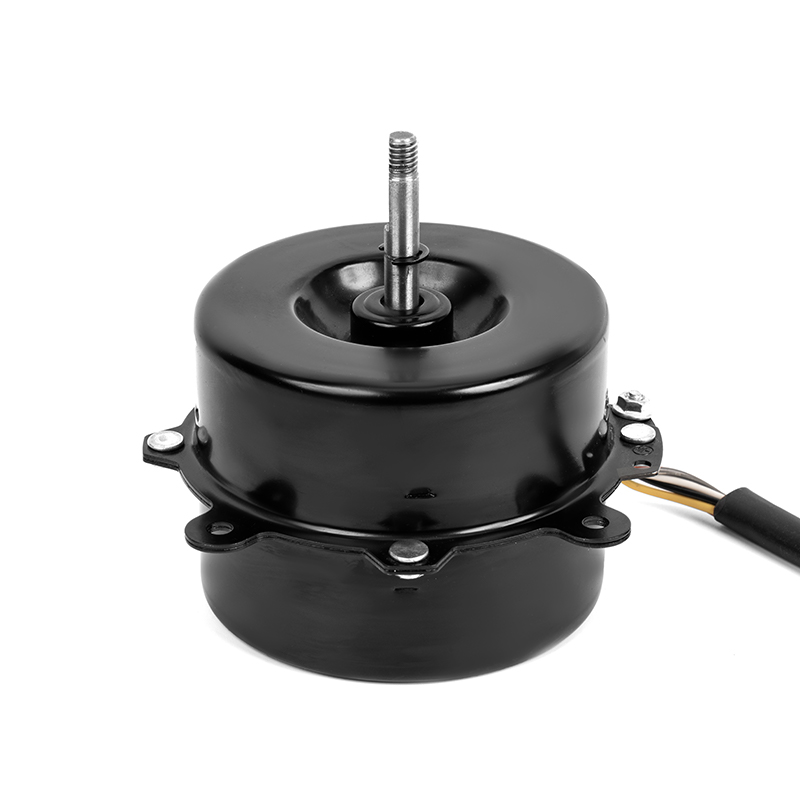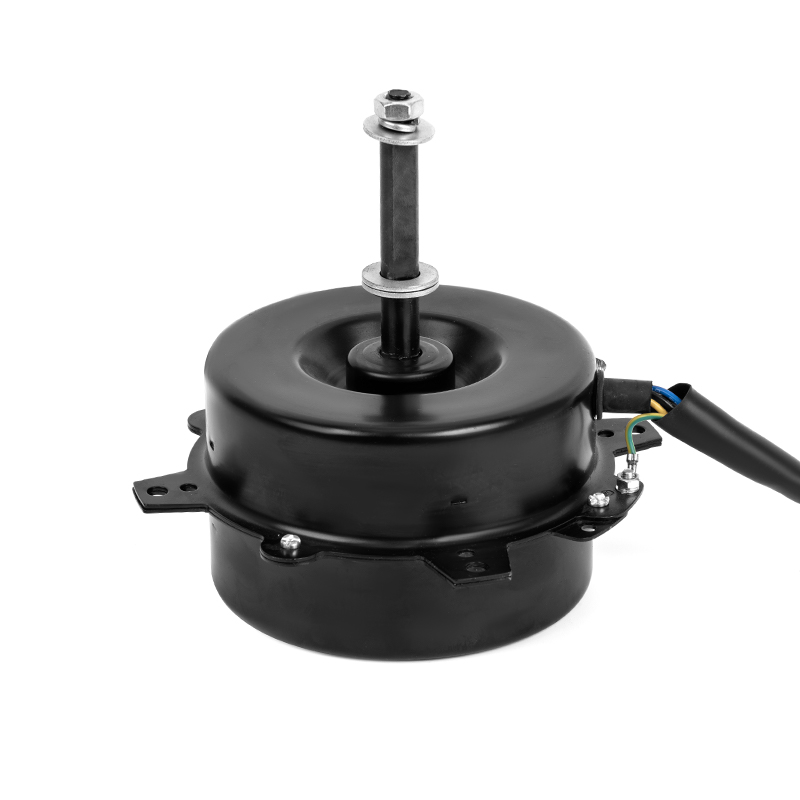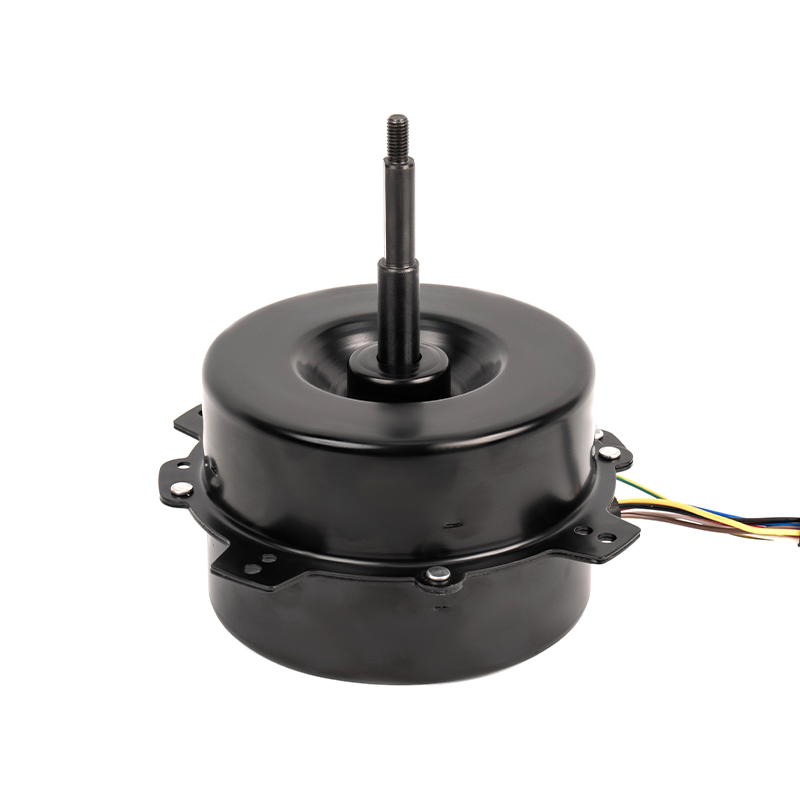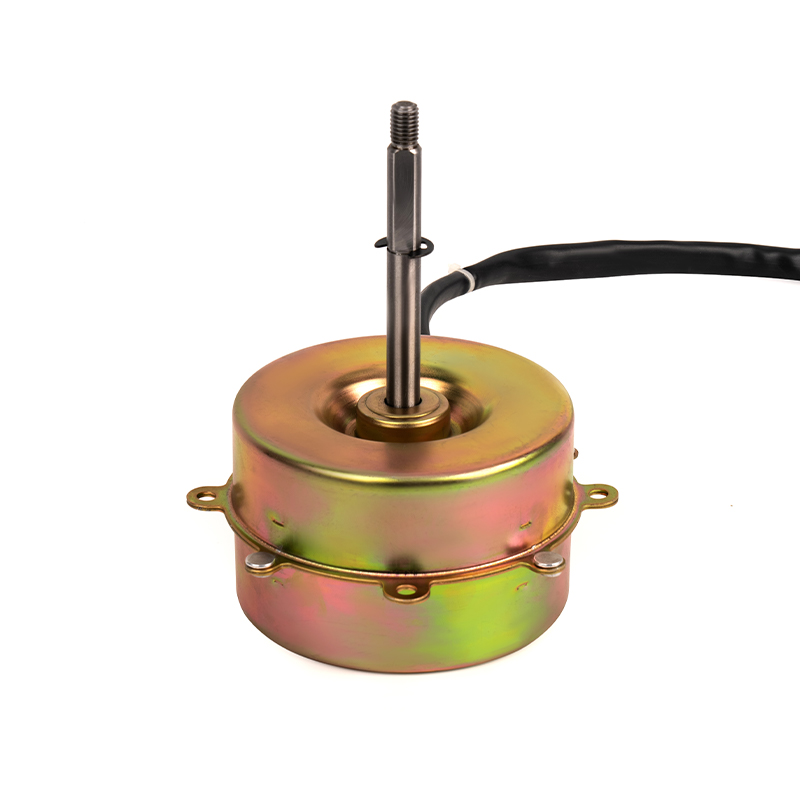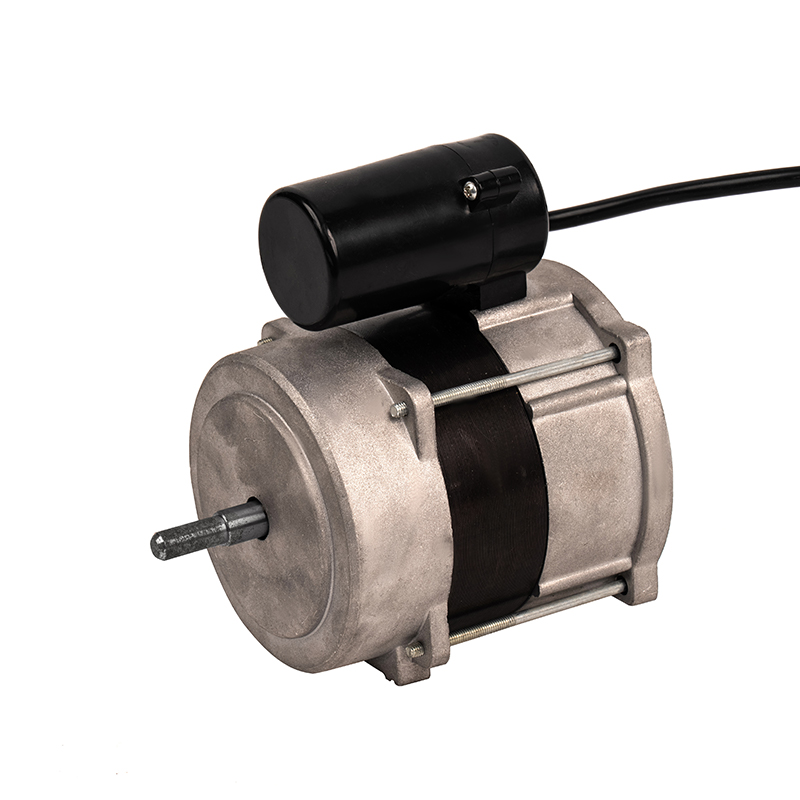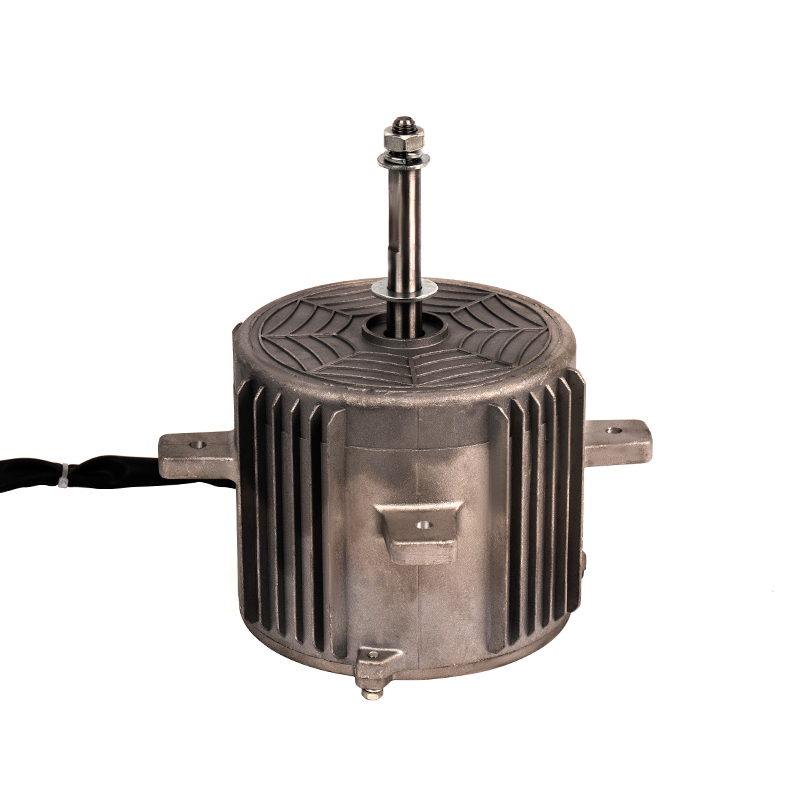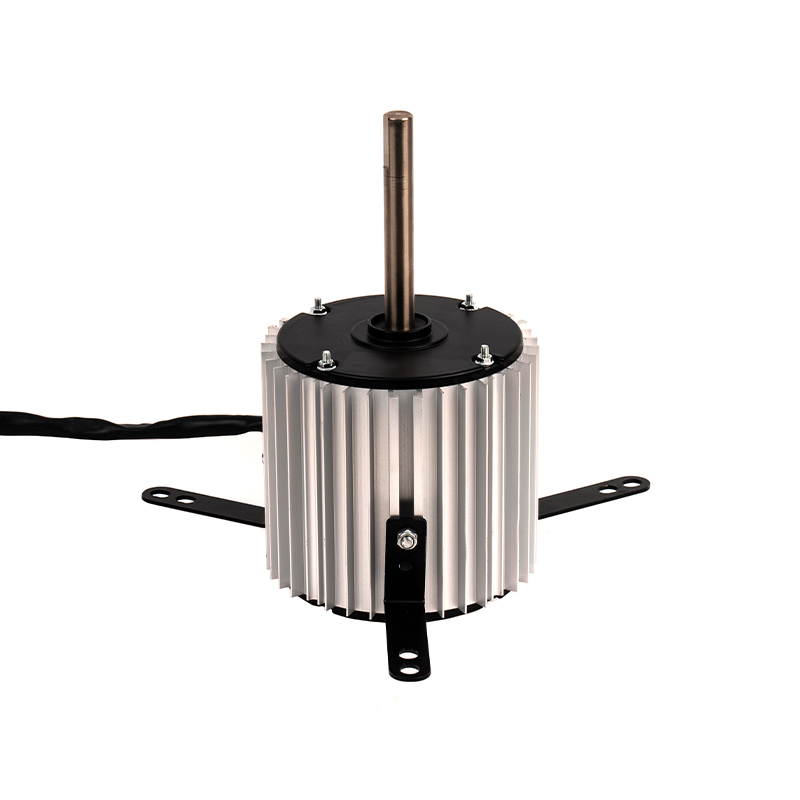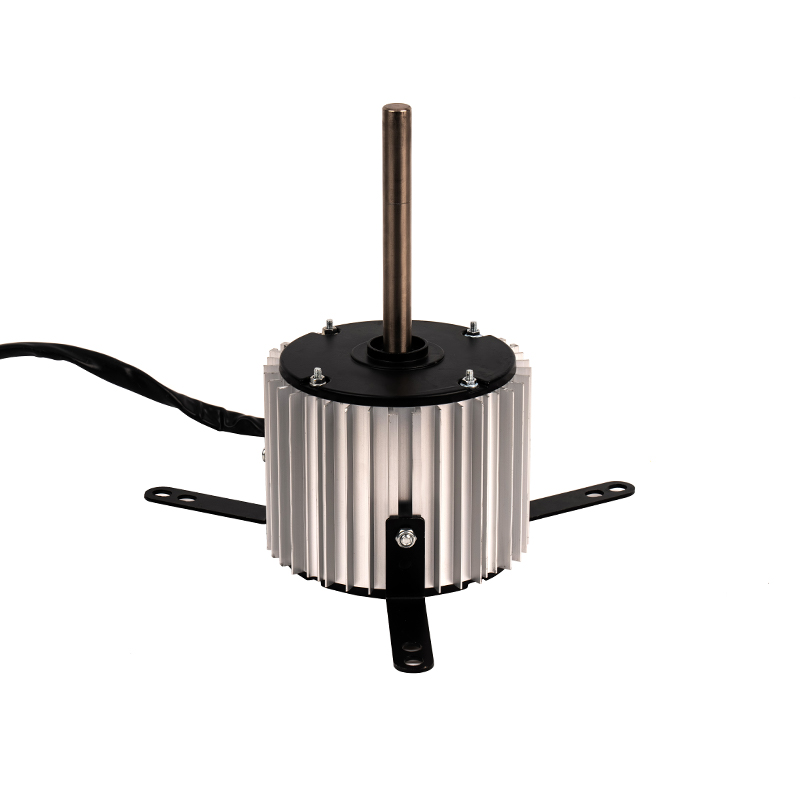The capacitor in a single-phase capacitor-run motor is strategically placed in series with the auxiliary winding to create a phase shift between the current in the auxiliary and main windings. This phase difference is crucial because it generates a rotating magnetic field, which is necessary for the motor to start efficiently. The rotating magnetic field produced by the capacitor allows the motor to overcome its initial inertia and develop enough torque to begin turning. Although the starting torque in a capacitor-run motor is lower than that of a capacitor-start motor, it is still significantly higher than in simple single-phase motors, like split-phase motors, which rely on basic phase displacement. This makes capacitor-run motors more suitable for applications where a higher starting torque is needed for smooth and stable startups, especially in applications where the load may require a more gradual initiation.
Unlike capacitor-start motors, where the capacitor is only in use during startup, the capacitor in a single-phase capacitor-run motor remains in the circuit during the entire operation of the motor. This continuous phase-shifting effect ensures that the motor operates with smoother and more consistent torque throughout its runtime. The presence of the capacitor improves the phase relationship between the two windings, reducing the harmonic distortions and resulting in a more stable magnetic field. This leads to a motor that operates at a more consistent speed, reducing the likelihood of jerky movements or performance dips, and ensuring smoother running, particularly under fluctuating load conditions. The ability to maintain a steady torque results in lower vibration levels and enhances the overall performance and longevity of the motor, as the stresses on the mechanical components are reduced.
One of the key advantages of a single-phase capacitor-run motor is its ability to improve the power factor during operation. The capacitor compensates for the inductive reactance of the motor’s windings, which can lead to energy losses and inefficiency if left unaddressed. The motor's overall current draw becomes more balanced, with the capacitor helping to ensure that the motor consumes power more efficiently. This power factor correction minimizes the reactive power and the associated losses, making the motor operate with less strain on the electrical supply. As a result, the motor uses energy more effectively, leading to lower electricity consumption, reduced operational costs, and improved energy efficiency, especially in continuous operation scenarios.
The continuous presence of the capacitor during the motor’s operation significantly contributes to its overall efficiency. By improving the motor’s power factor and balancing the current, the capacitor ensures that the motor operates closer to its ideal conditions, reducing energy losses caused by imbalances in the electrical flow. This translates to more efficient conversion of electrical energy into mechanical work, as less energy is lost as heat or other forms of waste. As a result, single-phase capacitor-run motors tend to have lower operational costs over time, making them more economical for users who require reliable, long-term performance without excessive energy consumption.
Heat generation is a significant concern in any electric motor, as excessive heat can lead to accelerated wear on components, reduced motor life, and potential failure. The capacitor's role in improving the power factor and efficiency of a single-phase capacitor-run motor helps to minimize the amount of energy lost as heat during operation. With more efficient current flow and less reactive power, the motor operates at a lower temperature, which is crucial for maintaining its longevity and reliable performance. The reduced heat generation also means that the motor's insulation and windings experience less thermal stress, leading to a lower risk of insulation breakdown and failure over time.



 English
English عربى
عربى ++86 13524608688
++86 13524608688